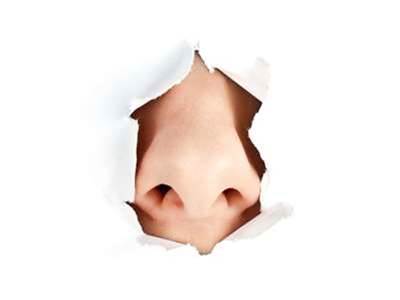The Queensland Government is backing the development of an electronic 'nose' to judge odours coming from livestock factories.

The so-called Artificial Olfaction System (AOS) mimics human smell, enabling authorities to assess how factories affect their neighbours.
Agricultural scientist Jae Ho Sohn expected the system to provide a continuous, cost-effective, objective measure of odours on-site.
He explained that the currently used olfactometry technique required odour samples to be collected and analysed in a lab by a panel of human 'sniffers'.
"The process is costly, and the human element can be subjective," said Sohn, a senior environmental scientist at the Queensland Department of Employment Economic Development and Innovation (DEEDI).
"The AOS will be a very cost-effective tool that can assist farmers, consultants, regulators and researchers by allowing them to objectively and confidently address odour nuisance and management issues."
Sohn said the technology had unlimited potential because it could be applied to any field that required odour discrimination and quantification.
Initially, the technology would be used to assess chicken factories, but Sohn said it was simply a matter of configuring each sensor to measure the specific odours produced in various industries.
The DEEDI was collaborating with the University of New South Wales and University of Pisa to develop a commercial prototype by March 2012.
Minister for Primary Industries, Fisheries and Rural and Regional Queensland Tim Mulherin said it was "important to be able to measure livestock odours due to their potential impacts on neighbours."
"Odours from livestock production facilities fluctuate and the impact depends on the location and the weather. But complaints are more likely where urban populations or industrial developments encroach on rural areas," he said.
"By being able to accurately 'sniff' odours on-farm, producers can take remedial action to improve air quality and minimise odour impacts," he said.


.png&h=140&w=231&c=1&s=0)







 iTnews Executive Retreat - Security Leaders Edition
iTnews Executive Retreat - Security Leaders Edition











_(1).jpg&h=140&w=231&c=1&s=0)



